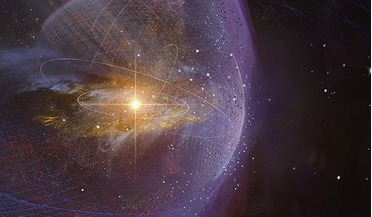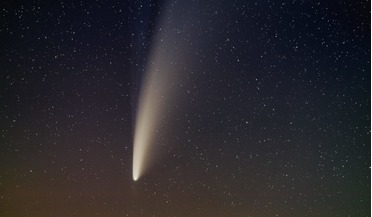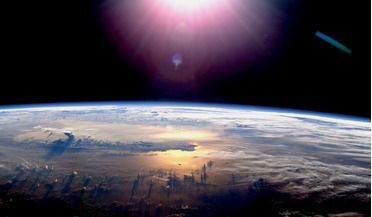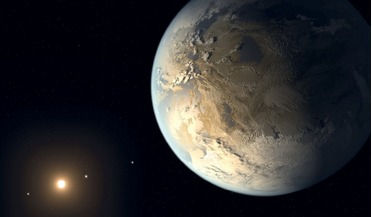 January 2022
Revealing the magnetic universe
January 2022
Revealing the magnetic universe
..., but as it lost mass via nuclear fusion and the outward flowing solar wind, the rotation slowed down and the magnetic activity decreased. Over the last 4.6 billion years, the Sun has completed nearly twenty revolutions around our galactic...
 15 July 2020
Comet Neowise puts on a spectacular show
15 July 2020
Comet Neowise puts on a spectacular show
... tail is thought to be made up of dust particles that have been ejected from the main body of the comet as it is warmed by the sun. The upper more translucent tail on the other hand is composed of ions - gases that have had electrons stripped out...
 October 2017
Saving geostationary orbit
October 2017
Saving geostationary orbit
... including missile warning, signals intelligence and data relay. Science missions, including the Solar Dynamics Observatory, a programme designed to help us understand the Sun’s influence on Earth and near-Earth space, have also been placed in GEO...
 March 2016
Rosetta – Starting from Scratch
March 2016
Rosetta – Starting from Scratch
... planet’s orbital energy. This makes the journey very long but at the end the spacecraft reaches the comet with the same orbital velocity as the nucleus, and is able to fly in formation with it around the Sun. The initial idea was even more ambitious...
 November 2016
Rosetta - an eventful cruise phase
November 2016
Rosetta - an eventful cruise phase
... mission operations of all ESA scientific missions dealing with the Sun and the Solar System. As part of this job I was still in charge of the Rosetta mission, but I had to leave the spacecraft operations manager role. Fortunately at this time Venus...
 August 2018
Exoplanet census promises radical discoveries
August 2018
Exoplanet census promises radical discoveries
... and Earth, while the sensitivity of WFIRST extends outward and the sensitivity of Kepler extends inward. More than 75 percent of the known exoplanets have orbital periods less than that of Mercury, the closest planet to the Sun in our solar system...